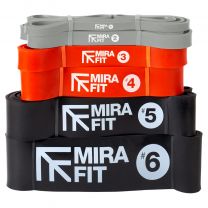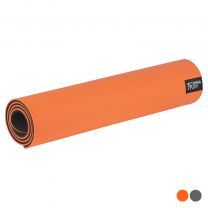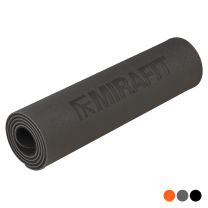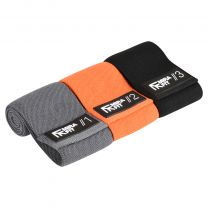What Is Dead Butt Syndrome?
What Is Dead Butt Syndrome?

Strength and conditioning is becoming increasingly more important in the sedentary world that we live in. With increased screen time and a lack of fitness it is only a matter of time before we pay the price with a decrease in our physical ability. While being seated too much can lead to a variety of diseases such as obesity and heart conditions, there is one syndrome that is a real pain in the butt.
Dead Butt Syndrome or Gluteal Amnesia is characterised by spending long periods sitting, resulting in a numbness in the glutes. The prolonged sitting results in the glute muscles getting over stretched while the opposite hip flexor muscles are contracted. In the short term you might just need to stretch the hips flexors and get your legs moving again and the numbness in the glutes can be relieved.
With chronic gluteal amnesia the symptoms may become more severe. One muscle that is particularly affected is the gluteus medius. This muscle plays a large role in stabilising the hips. This stabilisation is most prominent when you balance on a single leg in movements such as walking or running. This results in the hips becoming unstable and collapsing during movement. With the body’s muscles and joints all being part of a chain, the weakness can also affect the joints surrounding the issue, namely the hips, knees and ankles.
Symptoms of Dead Butt Syndrome

• Sciatica-like pain down the back of the leg.
• Pain in the claves.
• Numbness in the glutes.
• Loss of strength in the glutes and hip flexors.
• Lower back pain.
• Knee pain.
How to Prevent Dead Butt Syndrome

Prevention is always better than cure but changing our lifestyle if you are caught up with work and being in front of a computer is not always easy. Set a timer for every hour and make sure you take a break from the seated position and move around for a couple of minutes. Also take note of your sitting posture. A more upright posture will open up the hip flexors more and ease the stress on the glutes.
When it comes to strength and conditioning your goal is to strengthen the glutes with a particular emphasis on the gluteus medius on the side of the glutes. In addition to this you want to make sure your hips aren’t tight. The best way to do this is performing exercises to align the hips in a neutral position.
Banded Squats
Place a Resistance Band around your knees when you perform a squat. The squat will strengthen the glutes, quads and hamstrings and the resistance band will target the gluteus medius.
Monster Walk
With a resistance band around your ankles and your feet just wider than hip width, start moving forward with small, slow steps. You should feel the outside of your glutes burning.
Frog Glute Bridge
Instead of performing a normal glute raise, keep your feet as close to your glutes as possible and your knees out to the side. In this position raise the glutes off the floor. This glute bridge variation requires greater activation from the outside of the glutes.
Side Plank with Leg Raise
Push yourself up into the side plank with your elbow below your shoulders. Holding this position, raise your top leg up and down. The gluteus medius is responsible for this leg abduction movement as well as stabilising the hips on the opposite side while holding the plank position.
Drop Lunge
This lunge version helps improve hip mobility and increases strength, particularly the outside glute and thighs. To perform the drop lunge, step back and cross the opposite leg. Allow your hips to rotate but keep the body upright. Bend the knee towards the floor before pushing off the front foot to return to the start.
Deadbug
This core exercise will help strengthen the abs and provide a neutral hip position. Start by lying on your back with arms raised in front of your shoulders and knees above your hips. Straighten the opposite arm and leg and return to the start before alternating limbs.
Don’t allow yourself to experience pain and discomfort simply because you are sitting too much. Give yourself time during the workday to move about and don’t neglect your strength training. If you are experiencing the symptoms of Dead Butt Syndrome, don’t self-diagnose. Seek the appropriate medical advice from a GP or physio.
For more content, follow us on Instagram, YouTube, TikTok, and on our official Mirafit Facebook page.
Enter your email to signup to our newsletter







